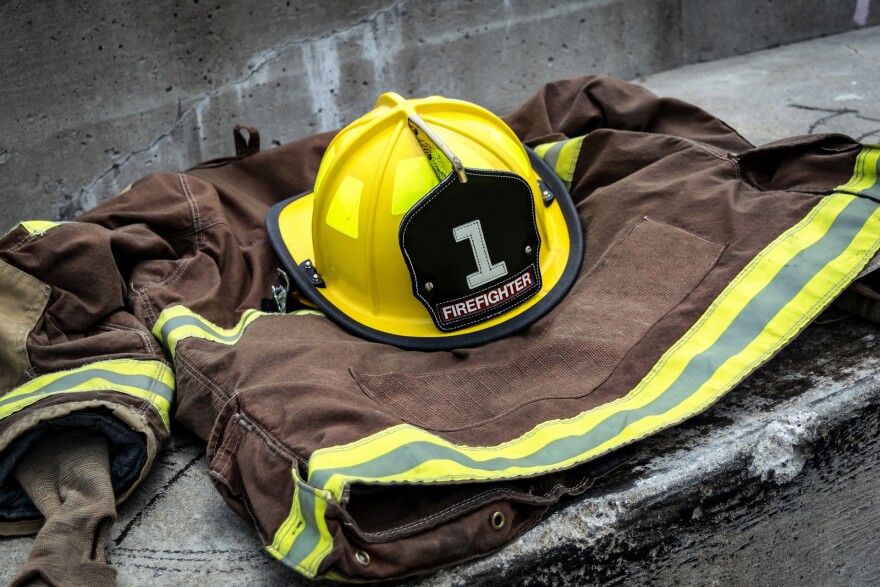The Ohio Bureau of Workers’ Compensation (BWC) is doing something it hasn’t done before — issue grants to researchers in hopes of making the workplace safer. Two of its $1 million grants are going to scientists at the University of Cincinnati.
In awarding the grants to Associate Director of DAAP (Design, Art, Architecture and Planning) Ashley Kubley, and Associate Professor in the College of Medicine Jun Wang, Administrator Stephanie McCloud says, “We obviously evaluated these for how well it will help our customers, our employers in Ohio. Does it address and alleviate some of the injury issues?”
Here's what these UC scientists are working on:
A jacket design to cool down firefighters
One of the main issues that firefighters face is getting overheated. UC’s DAAP, the College of Engineering and Applied Sciences and the College of Medicine teamed up to use carbon nanotubes in the lining of a firefighter jacket to cool them down.
“What we’re doing is replacing the inner liner which is something that’s removeable and interchangeable within the firefighter coat already,” says Kubley.
There is still a lot more testing to be done. UC is working with its industry partner LION Protects in Dayton with the hopes of integrating the technology.
PPE monitor tells whether mask is needed and how effective your mask is
Wearing a mask is part of certain jobs like those in health care, manufacturing and construction. In some situations, it depends on the project and how dirty the air is. Wouldn’t it be nice to know if you need to wear one and if your mask is working?
In this project, the College of Medicine and the Colleges of Electrical Engineering and Computer Science partnered to develop a PPE monitor.
If it indicates a mask is needed, Wang explains it will wirelessly connect. “You put your respirator (N-95) on first and they will put an adaptor on your respirator then the unit will tell you whether it’s safe or not.”
He says the device is small and will not interfere with the job. And because the technology is so cheap every worker could have their own device.
The BWC’s McCloud hopes to see the technology soon in the workplace. “We’re not looking to get into something that we’ll have a prototype 10 years from now. We’re looking for something, hopefully, we’ll have a prototype two years from now.”



